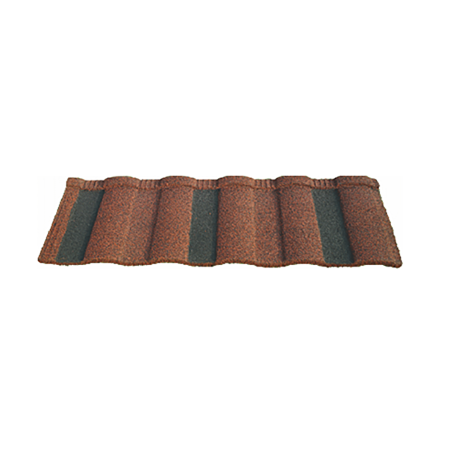
ডিসে. . 29, 2024 17:18 Back to list
Understanding Granular Loss Issues in Roof Shingles and Their Impact on Durability
Understanding Granular Loss on Roof Shingles
Roof shingles are an essential component of a building's exterior, protecting the structure from the elements while contributing to its aesthetic appeal. Among the various types of shingles available, asphalt shingles are the most widely used due to their affordability, durability, and ease of installation. However, one common issue that many homeowners face with asphalt shingles is granular loss. This phenomenon can significantly impact the longevity and performance of a roof, making it crucial to understand its causes, effects, and preventive measures.
What is Granular Loss?
Granular loss refers to the deterioration of the protective granules on the surface of asphalt shingles. These granules serve several important purposes they provide UV protection to prevent the asphalt from degrading, enhance the shingle’s fire resistance, and contribute to the overall aesthetic of the roof. When these granules become loose or begin to peel away, it can lead to serious consequences for the roof's integrity.
Causes of Granular Loss
Several factors contribute to granular loss on roof shingles. One of the primary reasons is aging. Over time, the exposure to harsh weather conditions, such as intense sunlight, heavy rain, hail, and strong winds, can cause the granules to wear away. Asphalt shingles typically have a lifespan of 20 to 30 years, but environmental stressors can accelerate this process.
Another common cause of granular loss is improper installation. If shingles are not installed correctly, they may not adhere properly to the underlayment, leading to premature deterioration. Additionally, roofs that have poor ventilation can trap heat and moisture, resulting in increased thermal expansion and contraction. This cycle can loosen the granules over time.
In some instances, the quality of the shingles themselves plays a significant role in granular loss. Lower quality or substandard products may be more prone to damage and granule shedding, which is why it is essential to choose reputable manufacturers and ensure that the roofing material meets industry standards.
Effects of Granular Loss
granular loss on roof shingles

The impact of granular loss on a roof cannot be overstated. When granules are lost, the underlying asphalt layer is exposed to UV rays, significantly reducing its lifespan and leading to quicker deterioration. This exposure can result in cracking, curling, and even complete shingle failure, which can eventually lead to leaks and water damage within the home.
Moreover, granular loss is not merely a cosmetic issue; it poses serious risks to the structural integrity of the roof. As more granules are lost, the roof's ability to insulate and protect the home is compromised, leading to increased heating and cooling costs due to ineffective insulation. Additionally, a damaged roof can lower the property value and may pose challenges when selling the home.
Preventive Measures
To minimize the risk of granular loss on roof shingles, homeowners can take several preventive measures. First and foremost, regular maintenance is key. This includes periodic inspections and cleaning to remove debris, leaves, and dirt that can trap moisture and contribute to deterioration. Homeowners should also pay close attention to their roof after severe weather events, checking for any visible signs of damage or increased granular loss.
Proper installation is another critical factor in preventing granular loss. Hiring qualified roofing professionals who use high-quality materials can make a significant difference in the durability of the roof. Furthermore, ensuring adequate ventilation in the attic space will help regulate temperature and moisture levels, reducing the strain on shingles.
Finally, staying informed about the roof’s condition is essential. Homeowners should be familiar with the standard lifespan of their roofing materials and be proactive in planning for replacements when necessary.
Conclusion
Granular loss on roof shingles is a common issue that can lead to significant harm if left unaddressed. Understanding its causes, effects, and preventive measures can help homeowners protect their investment and extend the life of their roofs. Regular maintenance, proper installation, and a commitment to quality materials are all key strategies in combating this problem, ensuring that roofs continue to provide the necessary protection and aesthetic appeal for homes for years to come.
-
Small Clay Roof Tiles for Durable & Stylish Roofing Red & Custom Options Available
NewsJun.24,2025
-
Lifetime Roof Shingles – Durable Roofing Solutions for Decades
NewsJun.10,2025
-
Top Roofing Shingles Types Compare Different Types of Architectural Roofing Shingles for Your Home
NewsJun.10,2025
-
Affordable Asphalt Shingle Roll Durable & Easy Flat Roof Solution
NewsJun.09,2025
-
Metal Asphalt Look Roofing Durable Shingle-Style Options
NewsJun.09,2025
-
Premium Clay Valley Roof Tiles Durable & Eco-Friendly
NewsJun.09,2025







